Are you looking for ways to keep your dog's mind active and engaged? Mental exercises are just as important as physical exercise for our furry friends. In this article, we'll explore 15 effective ways to provide your dog with the mental stimulation they need to stay happy and healthy.
1. Introduce Puzzle Toys
Puzzle toys are a fantastic way to mentally stimulate your dog. These brain games challenge your dog's problem-solving skills and keep them occupied for hours.
Fill the toy with treats or kibble and watch as your dog figures out how to get the food inside. Puzzle toys like Kong, Nina Ottosson, and Outward Hound are popular choices among pet parents.
2. Teach New Tricks

Teaching your dog new tricks is a great way to exercise their brain. From basic commands like "sit" and "stay" to more advanced tricks like "play dead" or "roll over," training sessions can be both fun and mentally stimulating for your dog.
Regular training sessions also help reinforce good behaviour and strengthen the bond between you and your pet - as well as teaching them new fun tricks.
3. Play Hide and Seek
Playing hide and seek is a simple yet effective way to engage your dog's natural hunting instincts. Hide treats or toys around the house and encourage your dog to find them.
This activity stimulates their sense of smell and provides a rewarding challenge. You can also hide yourself and call your dog to find you, adding an extra layer of fun to the game.
4. Engage in Interactive Games

Interactive games like tug-of-war, fetch, and agility training are excellent for providing both physical and mental stimulation. These activities keep your dog engaged and help burn off any excess in your dog's energy. Incorporate commands like "drop it" and "wait" to add an extra mental challenge to the game.
5. Scatter Feeding
Scatter feeding involves spreading your dog's food over a larger area, making them work for their meal. This method mimics natural foraging behaviour and encourages dog mental stimulation by making them use their nose and brain to find food.
You can scatter kibble in your garden or hide it in household objects like cardboard boxes or muffin tins. This exercise is excellent for most dogs, especially older dogs, as it is generally low impact and low energy.
6. Enrol in Training Classes

Training classes offer structured mental stimulation for dogs - professional dog trainers will tell you that they find mental stimulation important when it comes to training dogs.
Whether it's obedience training, agility courses, or scent work, these classes provide a controlled environment for your dog to learn new skills and interact with other dogs. Training classes also help build your dog's confidence and improve their socialisation skills.
7. Invest in Chew Toys
Chewing is a natural behaviour that provides mental stimulation for dogs. Chewy dog toys, such as bully sticks, antlers, and dental chews, not only keep your dog occupied but also promote dental health. This can also be a great way to mentally stimulate a puppy that's teething.
Just ensure the chew toys are appropriate for your dog's size and chewing strength to avoid any choking hazards. Chew toys can also help direct any destructive behaviors or destructive chewing onto the correct places and away from your precious slippers.
8. Introduce New Scents

Dogs have an incredible sense of smell, and introducing new scents can be a great way to stimulate their brains. Use scent games like hiding treats or toys with different scents around your home. You can also take your dog on sniffing walks in new environments, allowing them to explore and engage their sense of smell.
9. Create a DIY Obstacle Course
Setting up a DIY obstacle course in your garden or home is a fantastic way to keep your dog mentally stimulated. Use household objects like chairs, tunnels, and cones to create a challenging course. Guide your dog through the obstacles, rewarding them with treats and praise for completing each one.
10. Rotate Toys Regularly

Is your dog bored with the same old tennis ball? To keep your dog engaged, rotate their toys regularly. Introducing a "new" toy from time to time will reignite their interest and provide ongoing brain stimulation. This strategy also helps prevent destructive behaviours caused by boredom.
11. Practice Nose Work
Nose work is a fun and mentally stimulating activity that involves training your dog to use their sense of smell to locate hidden items. Start by hiding treats in easy-to-find places and gradually increase the difficulty. Nose work not only exercises your dog's brain but also provides great fun and a sense of accomplishment.
12. Encourage Social Interaction

Social interaction with other dogs and pets is vital for your dog's mental well-being. Arrange playdates with other dogs or visit dog parks where your dog can interact and play with their furry friends. Socialising helps reduce anxiety and behavioural problems while providing mental and physical stimulation.
13. Incorporate Training into Daily Routine
Integrating training exercises into your dog's daily routine is an excellent way to keep their mind active. Use everyday activities like mealtime, walks, and playtime as opportunities to reinforce commands and teach new tricks. This consistent mental exercise helps prevent boredom and keeps your dog mentally sharp.
14. Utilise Food-Dispensing Toys

Food-dispensing toys are designed to make your dog work for their food. These toys release small amounts of food as your dog interacts with them, providing a mentally stimulating challenge. Popular options include treat-dispensing balls, maze bowls, and interactive feeders.
15. Try Dog Sports
Engaging in dog sports like agility, flyball, and rally obedience offers an excellent combination of physical exercise and mental exercise. These sports challenge your dog's problem-solving skills and provide an outlet for their energy. Participating in dog sports also strengthens the bond between you and your dog and enhances their overall well-being.
Conclusion
Providing mental stimulation for your dog is essential for their overall health and happiness. By incorporating these 15 strategies into your dog's routine, you can keep their mind active, reduce destructive behaviours, and enhance their quality of life.
Remember, a mentally stimulated dog is a happy dog - but how much mental stimulation they need differs from one dog to the next. For dog owners, learning how to provide mental stimulation, learning to play brain games with their dog and teaching their dog to enjoy mentally stimulating activities is a huge step in creating closeness with their companion.
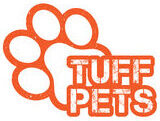
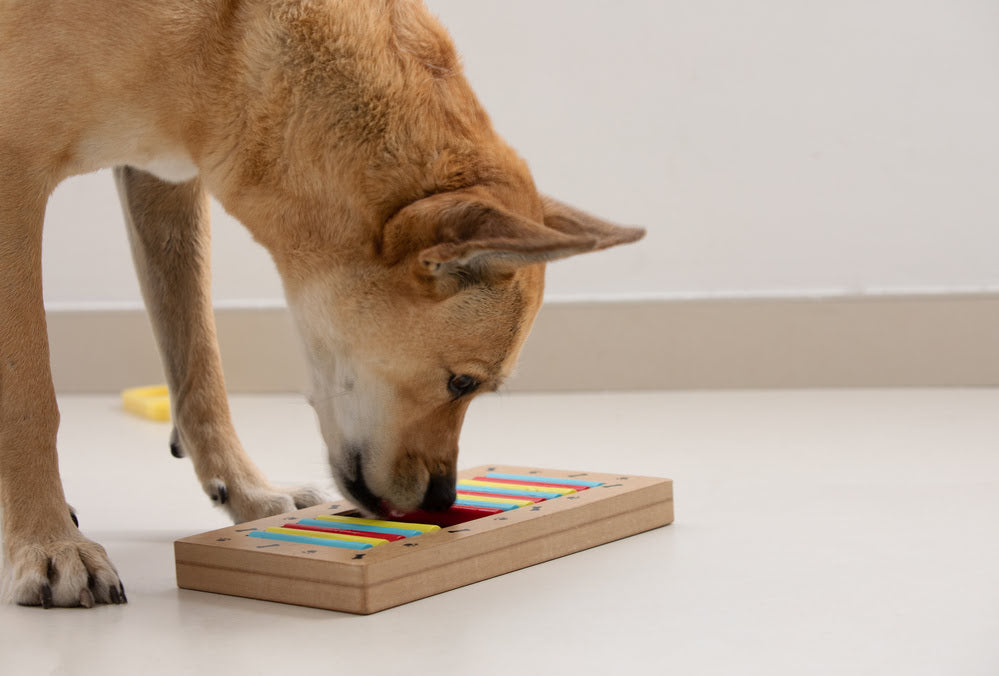


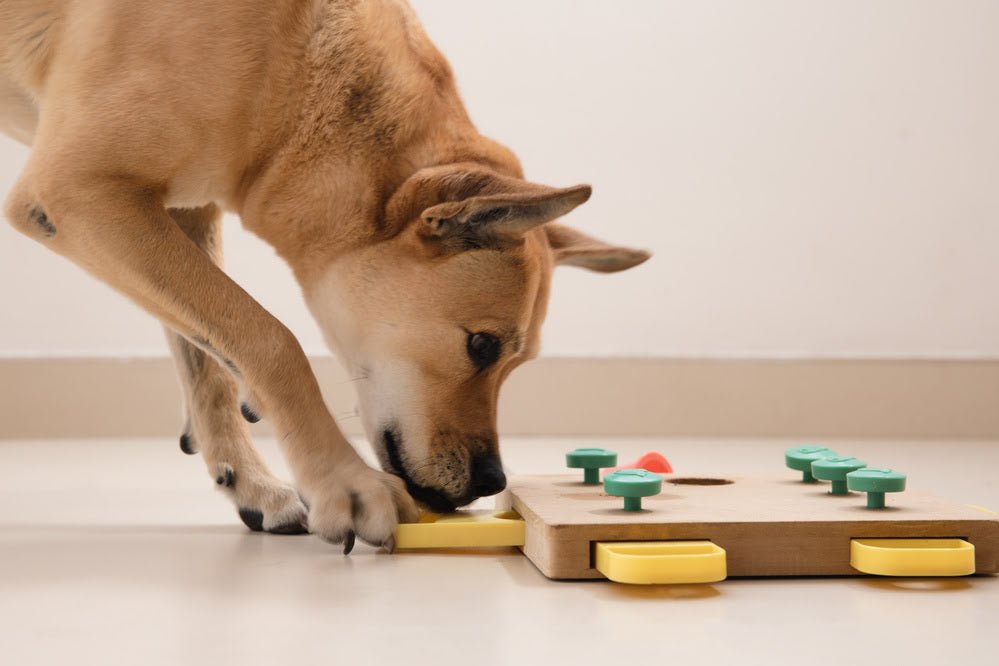




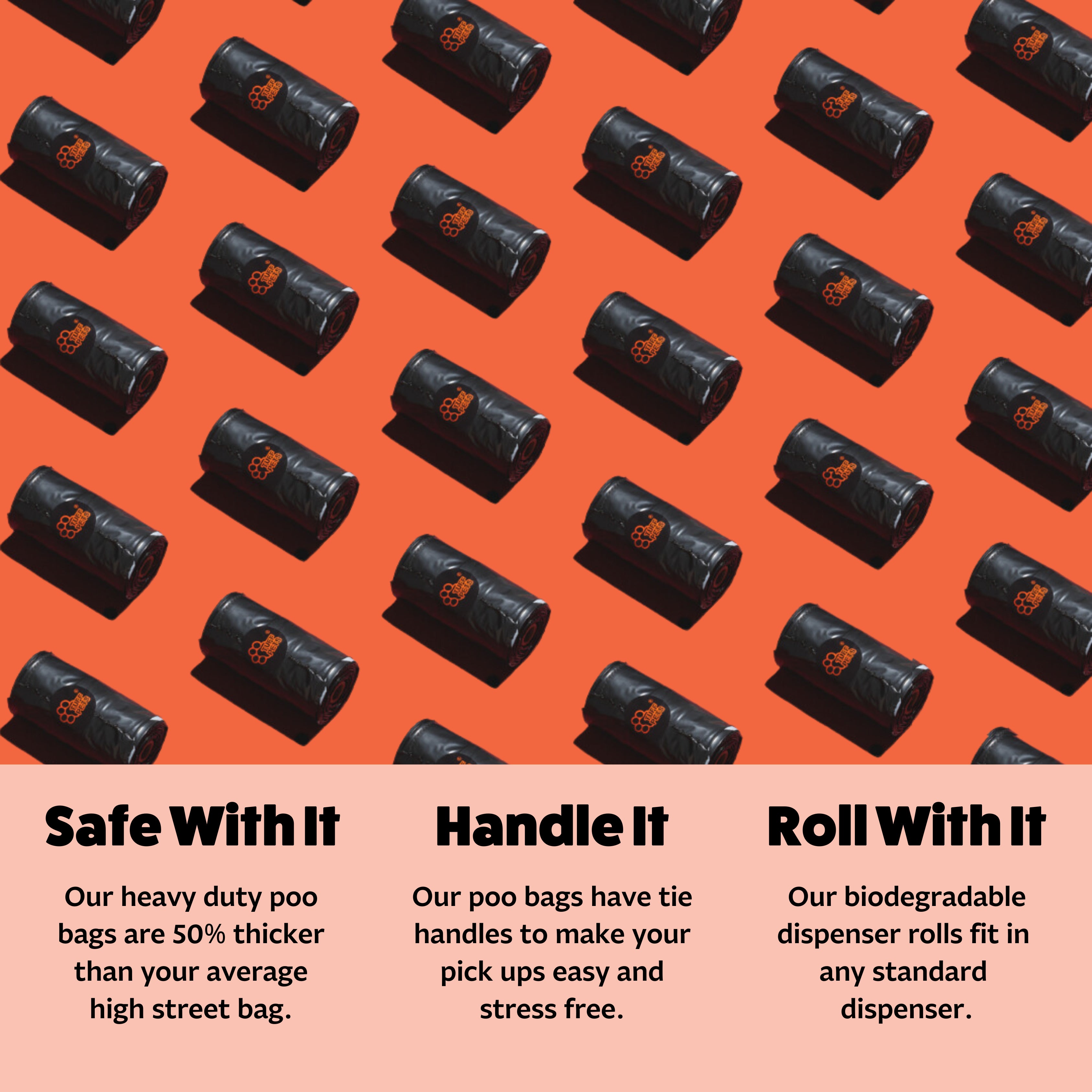


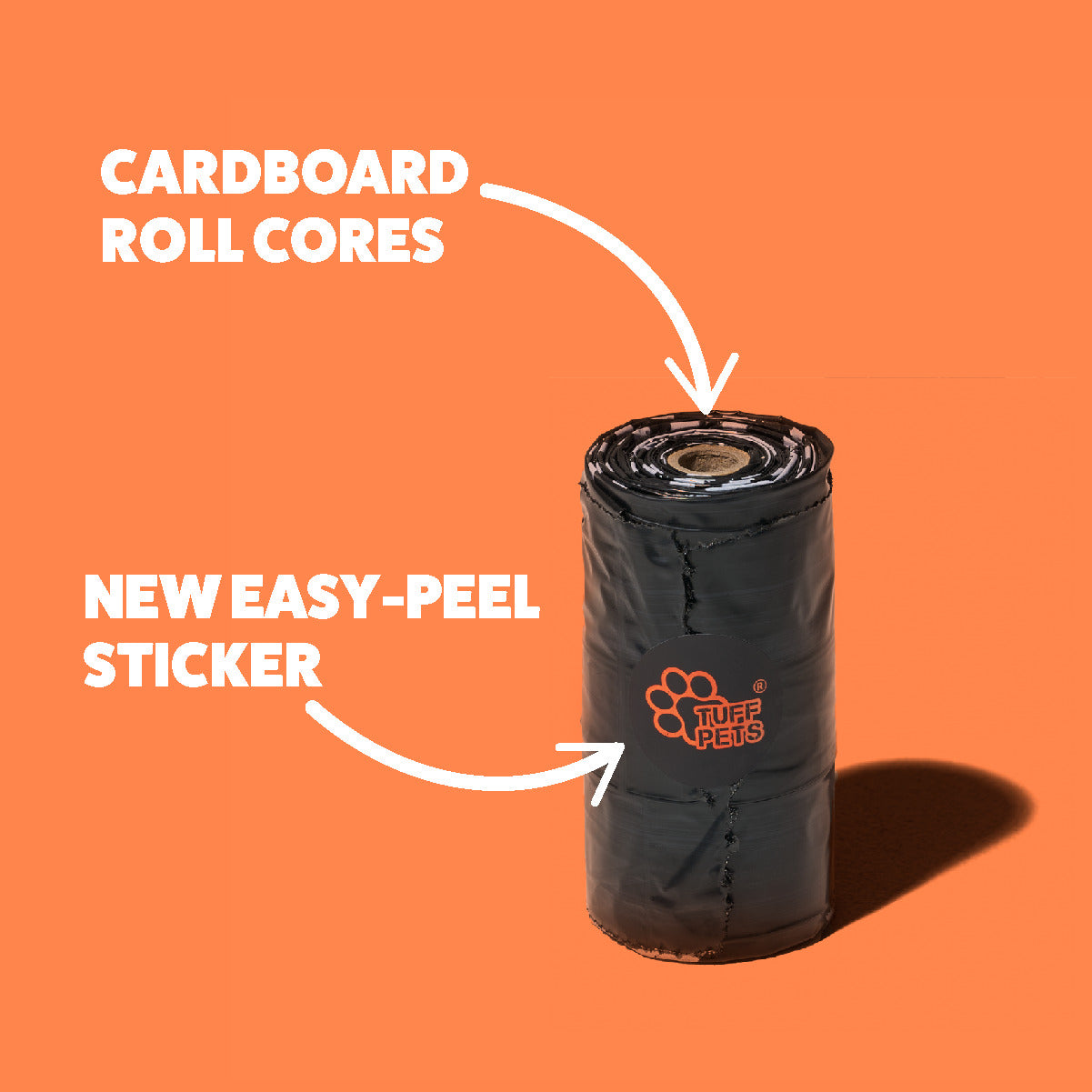
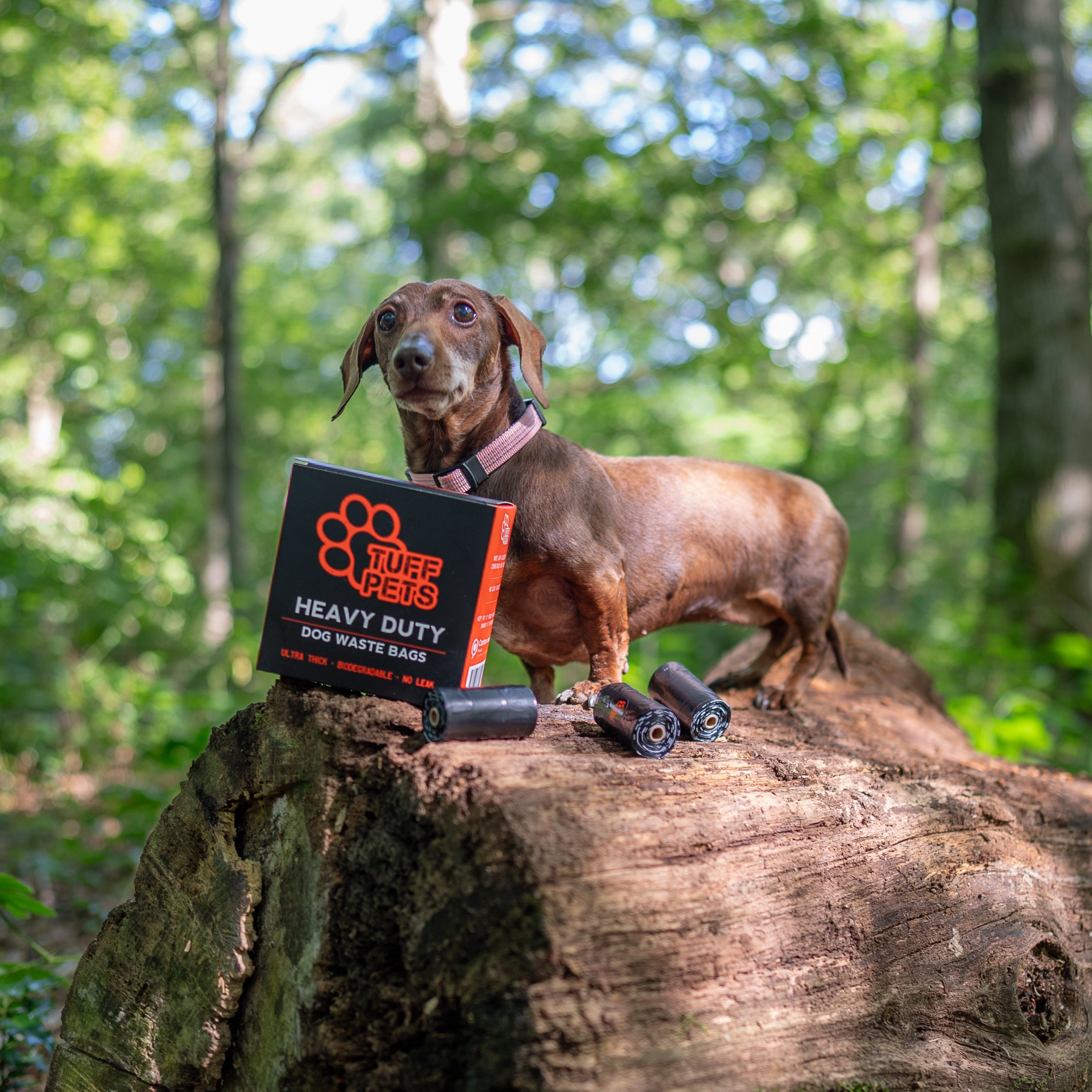


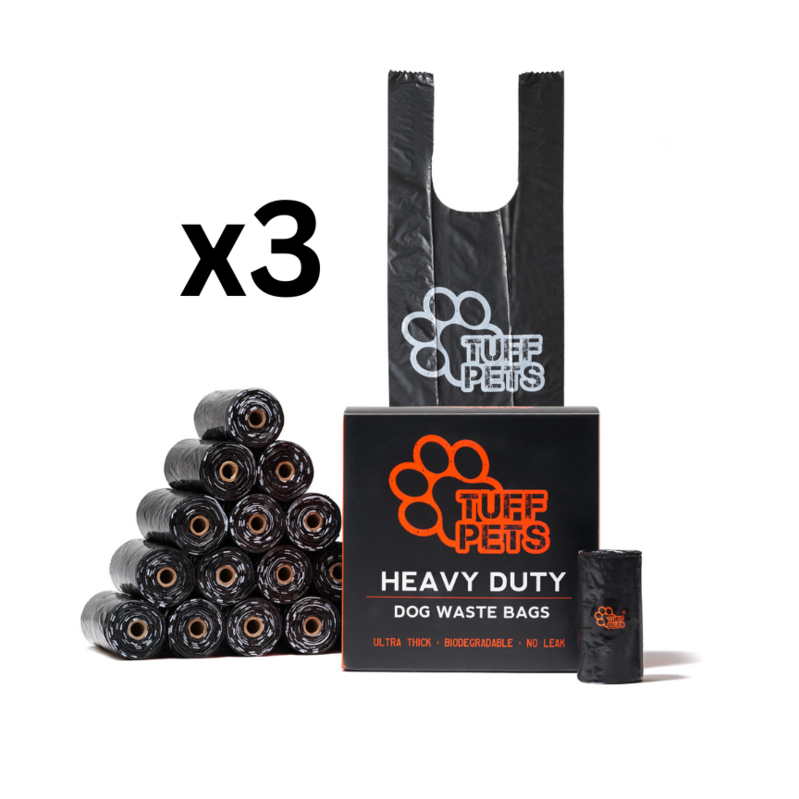
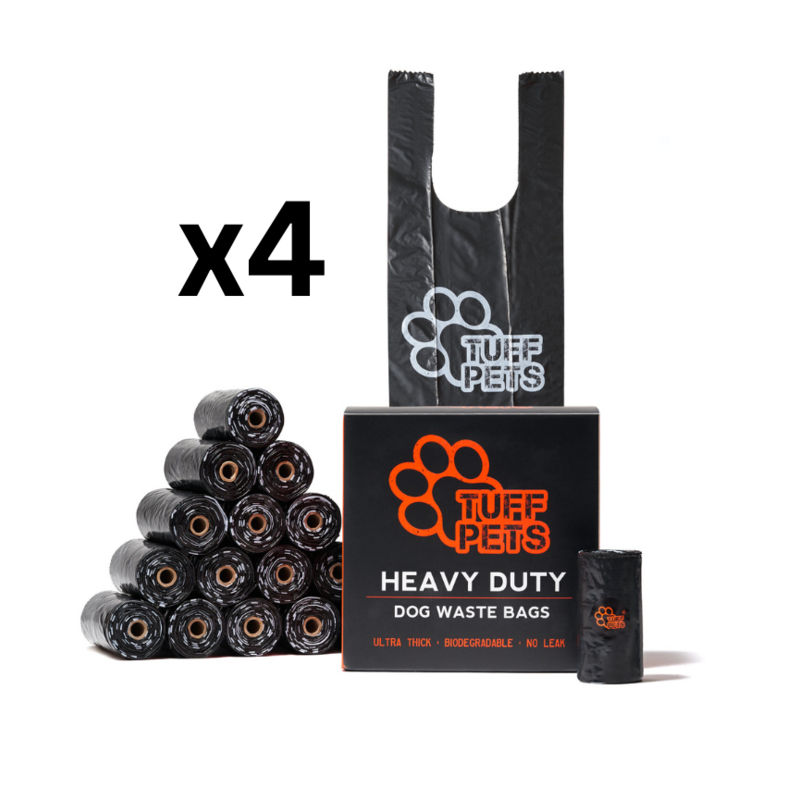
Share:
10 Reasons to Get a Dog and Improve Your Health
8 Surprising Reasons Why Your Dog Can't Stop Staring at You